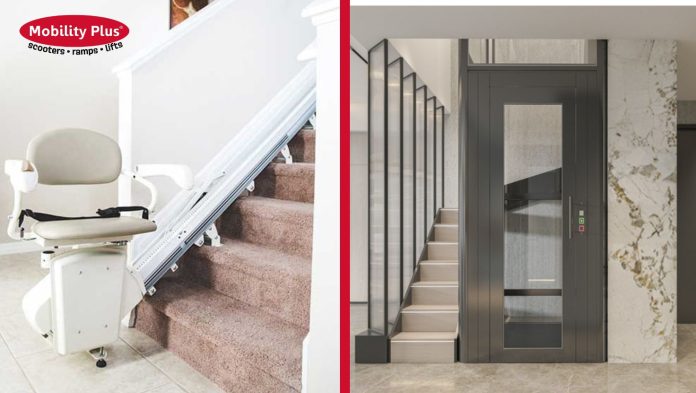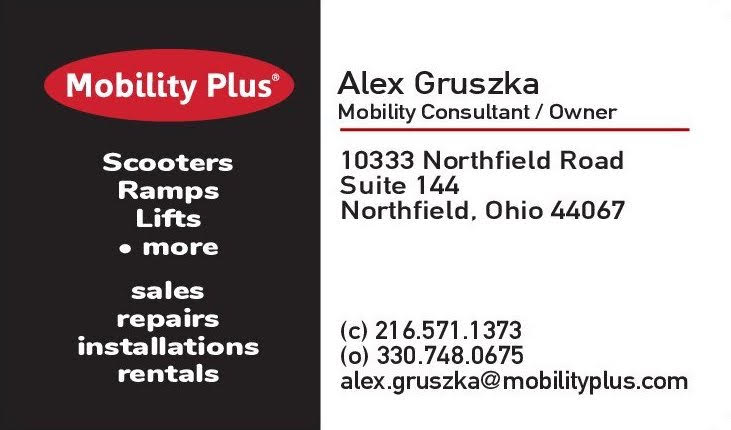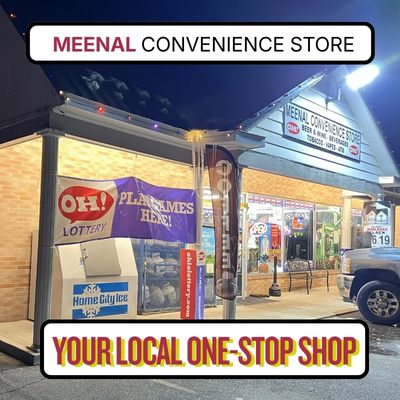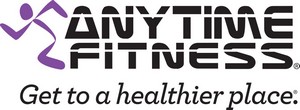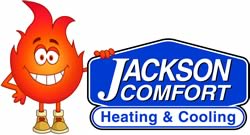When mobility challenges make navigating stairs difficult or dangerous, many homeowners face an important decision: should they install a stair lift or invest in a home elevator? Both solutions can restore access to multiple floors of your home, but each offers distinct advantages depending on your specific needs, budget, and living situation.
Understanding Your Options
Stair Lifts: The Practical Solution A stair lift is a motorized chair or platform that travels along a rail system installed directly on your staircase. The user sits in the chair or stands on the platform and rides safely between floors. Modern stair lifts are designed to work with virtually any staircase configuration, including straight runs, curves, and landings.
Home Elevators: The Premium Choice A residential elevator is a small-scale version of commercial elevators, designed specifically for home use. These systems require a dedicated shaft and can transport wheelchairs, multiple passengers, and household items between floors with ease.
Cost Considerations: Initial Investment and Long-Term Value
Stair Lift Costs Stair lifts represent the more affordable option, with straight-rail systems typically ranging from $3,000 to $6,000 installed. Curved staircases require custom rails, bringing costs to $8,000-$15,000. The investment often pays for itself by allowing homeowners to remain in their beloved homes rather than downsizing or moving to single-story living.
Home Elevator Investment Home elevators require a significantly larger investment, typically ranging from $25,000 to $50,000 or more, depending on the type and customization level. However, they can add substantial value to your property and may increase your home’s resale appeal, especially in multi-story homes.
Insurance and Medicare Considerations Neither option is typically covered by standard insurance or Medicare, as they’re considered home modifications rather than medical equipment. However, some flexible spending accounts (FSAs) or health savings accounts (HSAs) may cover portions of the cost when prescribed by a physician for medical necessity.
Installation Requirements and Home Modifications
Stair Lift Installation One of the biggest advantages of stair lifts is their minimal impact on your home’s structure. The rail system attaches directly to the stair treads, not the wall, preserving your home’s integrity. Installation typically takes just a few hours to a full day, depending on the staircase complexity. Most staircases can accommodate a stair lift without major modifications.
Home Elevator Installation Installing a home elevator requires significant construction work, including creating a shaft that extends through multiple floors. This process can take several weeks and may require permits, structural engineering assessments, and coordination with multiple contractors. Some homes may need reinforced flooring or ceiling modifications to support the elevator system.
Space Considerations and Daily Living Impact
Stair Lift Footprint When not in use, most stair lifts can be folded against the wall, leaving the majority of the staircase available for others to use normally. The rail system does reduce stair width somewhat, but most installations still allow comfortable passage for other household members.
Home Elevator Space Requirements Elevators require dedicated floor space on each level they serve, typically a minimum of 5×5 feet, though larger cabs offer more comfort and utility. This permanent space commitment may impact room layouts and furniture placement on multiple floors.
Safety Features and User Independence
Stair Lift Safety Modern stair lifts include comprehensive safety features such as seat belts, sensors that stop the unit if obstacles are detected, battery backup systems for power outages, and swivel seats for safe entry and exit. Many models include remote controls, allowing the unit to be called to either floor when needed.
Home Elevator Safety Residential elevators incorporate many of the same safety systems found in commercial units, including emergency phones, battery backup, door sensors, and smooth acceleration and deceleration. The enclosed cab provides weather protection and security while transporting between floors.
Accessibility and Versatility
Stair Lift Accessibility Stair lifts work well for individuals who can transfer from wheelchairs to the lift chair, or who use mobility aids like walkers or canes. Some models include perch seats for users who have difficulty sitting, and platform lifts can accommodate wheelchairs on straight staircases.
Home Elevator Versatility Elevators excel in accommodating wheelchairs, scooters, and multiple passengers simultaneously. They’re also practical for transporting heavy items like groceries, laundry, or furniture between floors, benefiting the entire household.
Maintenance and Longevity
Stair Lift Maintenance Stair lifts require relatively simple maintenance, including regular cleaning of the rail system, periodic battery replacement, and annual professional inspections. Most quality units operate reliably for 10-15 years with proper care. Many manufacturers offer service contracts for peace of mind.
Home Elevator Maintenance Elevators require more comprehensive maintenance, including regular inspections by certified technicians, periodic component replacement, and adherence to local safety codes. However, a well-maintained residential elevator can operate for 20-30 years or more.
Making Your Decision: Key Questions to Consider
Evaluate Your Current and Future Needs
- How many people in your household need mobility assistance?
- Do you regularly transport heavy items between floors?
- Are you planning to age in place long-term?
- Does anyone in your household use a wheelchair full-time?
Assess Your Home’s Suitability
- What type of staircase do you have (straight, curved, multiple landings)?
- How much available space exists on each floor for potential elevator installation?
- Are there structural limitations that might affect either option?
- What are your local building codes and permit requirements?
Consider Your Lifestyle and Preferences
- How important is it to maintain your home’s original aesthetic?
- Do you prefer a solution that blends into existing architecture?
- How quickly do you need the mobility solution implemented?
- What level of ongoing maintenance are you comfortable managing?
Professional Assessment and Expert Guidance
The decision between a stair lift and home elevator shouldn’t be made in isolation. A professional mobility consultant can evaluate your specific situation, including your home’s layout, your mobility needs, and your long-term plans. They can provide detailed cost estimates, explain installation requirements, and help you understand which option offers the best value for your circumstances.
Many mobility equipment providers offer free in-home consultations where they assess your staircase, discuss your needs, and provide personalized recommendations. This consultation can reveal options you might not have considered and help you make an informed decision based on facts rather than assumptions.
At the End of the Day
Both stair lifts and home elevators can effectively restore safe access to all levels of your home, but the right choice depends on your specific situation. Stair lifts offer an affordable, quickly installed solution that works well for most individuals with mobility challenges. Home elevators provide premium accessibility and convenience but require a larger investment and more extensive installation.
The most important factor is choosing a solution that meets your needs now and can adapt as those needs change over time. Whether you select a stair lift or home elevator, you’re investing in your independence, safety, and ability to remain comfortable in your own home.
Remember that this decision doesn’t have to be permanent. Many people start with a stair lift to address immediate needs and later consider a home elevator as their requirements evolve or during major home renovations. The key is taking action to ensure safe access between floors before mobility challenges become mobility dangers.
For expert guidance on choosing between stair lifts and home elevators, schedule a free in-home consultation with your local mobility equipment specialist. Professional assessment ensures you select the solution that best fits your home, lifestyle, and budget. https://www.mobilityplus.com/northfieldoh/





